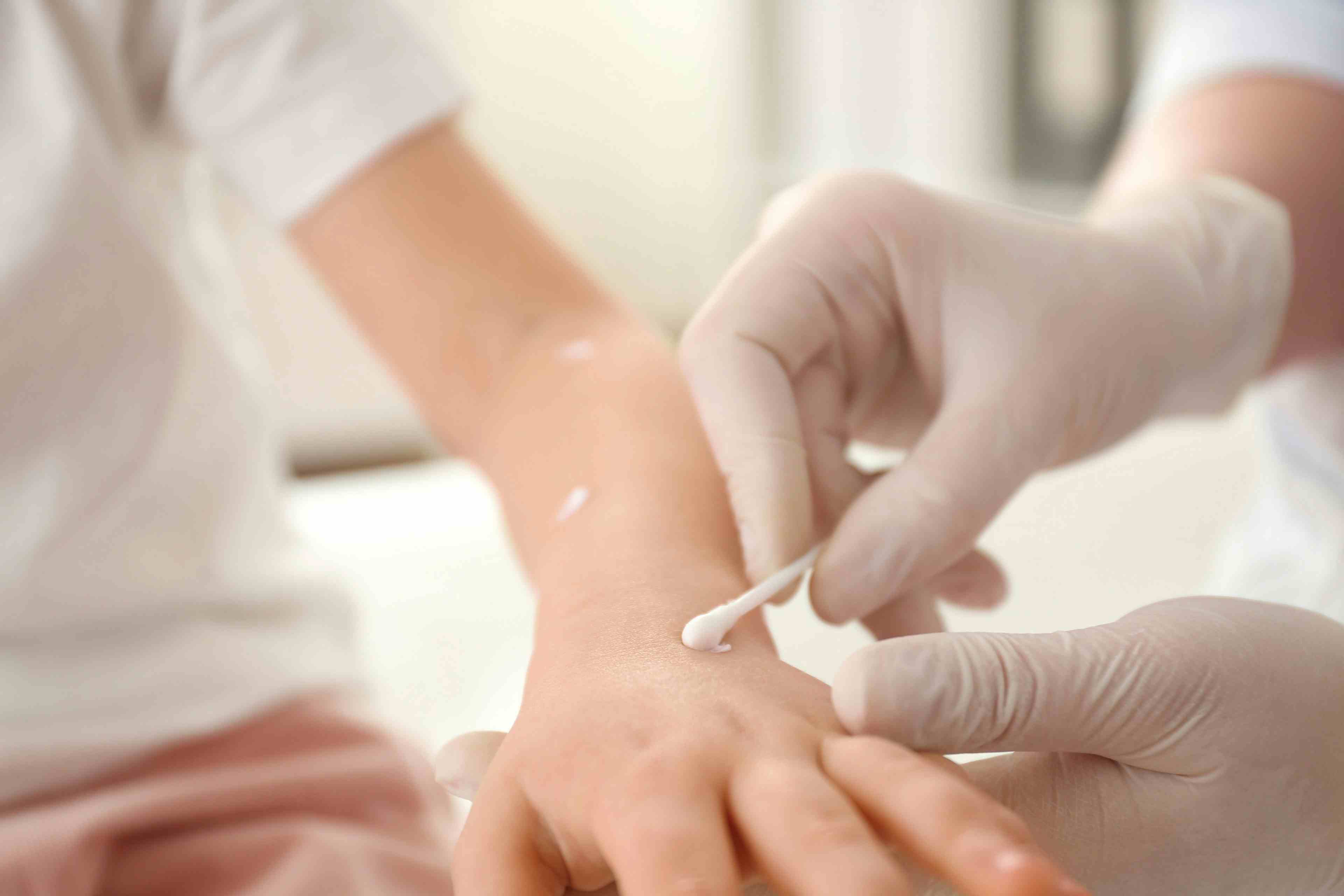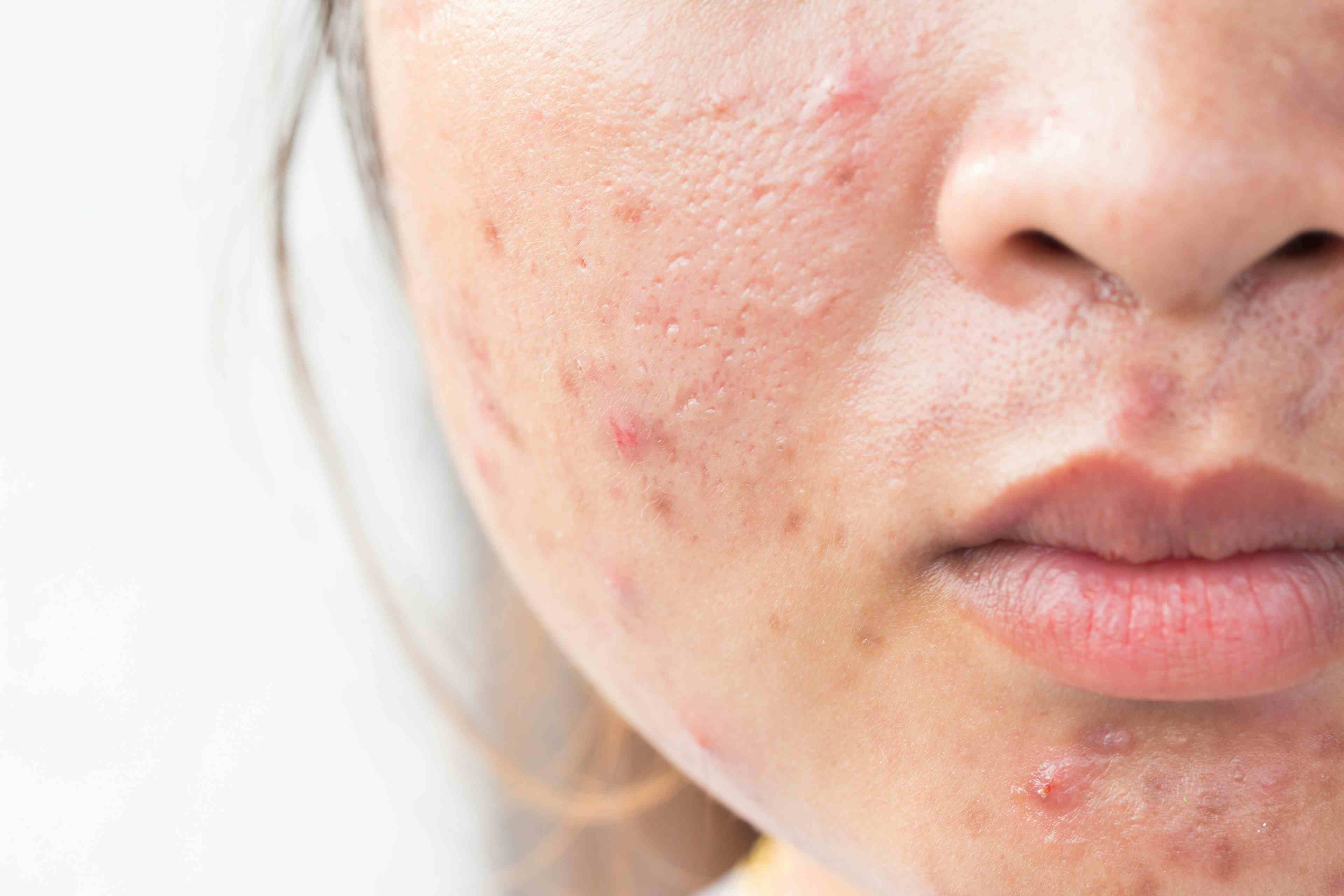- Acne
- Actinic Keratosis
- Aesthetics
- Alopecia
- Atopic Dermatitis
- Buy-and-Bill
- COVID-19
- Case-Based Roundtable
- Chronic Hand Eczema
- Chronic Spontaneous Urticaria
- Drug Watch
- Eczema
- General Dermatology
- Hidradenitis Suppurativa
- Melasma
- NP and PA
- Pediatric Dermatology
- Pigmentary Disorders
- Practice Management
- Precision Medicine and Biologics
- Prurigo Nodularis
- Psoriasis
- Psoriatic Arthritis
- Rare Disease
- Rosacea
- Skin Cancer
- Vitiligo
- Wound Care
News
Article
Research Observe, Classify Adverse Event Profiles for Pediatric Patients Treated With JAK Inhibitors
Author(s):
The review assessed infections, gastrointestinal AEs, blood and lymphatic disorders, and nervous system and musculoskeletal/connective tissue disorders.
Common adverse events (AEs) associated with Janus kinase (JAK) inhibitors may include infections, gastrointestinal effects, blood and lymphatic disorders, and disorders of the nervous system and musculoskeletal/connective tissue, with variations detected in pediatric versus adult patients, according to a review published in Pediatric Dermatology.1
Researchers reported a higher prevalence of blood and lymphatic disorder- related AEs in young patients, while nervous system and musculoskeletal/connective tissue disorder AEs were more common in adults.
Image Credit: © Andrey Popov - stock.adobe.com

Researchers drew on data from the US Food and Drug Administration Adverse Event Reporting System and the Canada Vigilance Adverse Reaction Online Database.
Findings
A total of 399,649 AEs were reported involving 133,216 unique patients.
Viral, fungal, and bacterial infections accounted for 16.8% of the reported AEs. This category included a range of infections such as pneumonia and sepsis. Constitutional symptoms and administration concerns represented 13.5% of the AEs, musculoskeletal and connective tissue disorders represented 7.04% of cases, gastrointestinal disorders accounted for 5.8%, and nervous system disorders represented 5.0%.
For pediatric patients, the dataset covered 2,883 AEs among 955 unique patients. Blood and lymphatic system disorders were the most frequently reported adverse effects in children, making up 24.0% of the cases. Viral, fungal, and bacterial infections accounted for 17.2% of the AEs, similar to the adult population, but with different manifestations.
Constitutional symptoms and administration concerns were reported in 15.7% of pediatric cases, while gastrointestinal disorders were reported in 13.6% of young patients. Respiratory disorders, including respiratory distress, accounted for 5.3% of pediatric AEs.
Pediatric AEs associated with abrocitinib were largely infections (50.0%) and blood and lymphatic system disorders (22.7%). A notable difference was the inclusion of cardiac disorders (9.1%) among the top 5 AEs in children.
In children treated with baricitinib, gastrointestinal disorders (22.6%) and respiratory disorders (21.0%) were more common compared to adults, where infections were the most prevalent AEs (40.0%).
In pediatric patients treated with ruxolitinib, blood and lymphatic system disorders were predominant (35.2%), significantly higher than in adults (8.9%). Infections also constituted a substantial portion of the reported AEs (21.7%).
In children treated with tofacitinib, constitutional symptoms and administration concerns (32.3%) and musculoskeletal disorders (23.8%) were prominent. The proportion of AEs in these categories was similar to that observed in adults.
Pediatric patients treated with upadacitinib experienced a higher proportion of infections (30.0%) and constitutional symptoms (24.3%) compared to adults. Skin and subcutaneous tissue disorders were notably more prevalent in children (22.9%)
Acne was the most frequently reported AE related to skin and subcutaneous tissue disorders (30.6%), followed by atopic dermatitis (22.2%) and psoriasis (16.7%). Upadacitinib, abrocitinib, and tofacitinib were associated with higher proportions of skin-related AEs, with upadacitinib demonstrating a particularly high incidence of atopic dermatitis and acne.
A comparison of boxed warning AEs (such as serious infections, mortality, malignancy, cardiovascular events, and thrombosis) revealed that while the absolute numbers were small, the rates of such events were generally lower in children compared to adults.
Conclusions
The study may have been limited by reliance on secondary sources of data, potential underreporting of AEs, and an inability to generalize this data to the total population of patients treated with JAK inhibitors.
"In this study, we describe AEs associated with commercially available JAKi and detected some variation in those reported for children compared to adults," wrote Talasila et al. "For both populations, spontaneous and clinical trials-associated reports have most often identified infections and constitutional symptoms/administration concerns, as well as comparably increased risks of respiratory, cardiac, vascular, and renal disorders."
Moving forward, researchers recommended these findings be utilized to minimize potential AEs in patients treated with JAK inhibitors.
Reference
- Talasila S, Lee E, Teichner EM, Siegfried EC, Jackson Cullison SR. Analysis of publicly available adverse events reported for pediatric patients treated with Janus kinase inhibitors. Pediatr Dermatol. September 5, 2024. https://doi.org/10.1111/pde.15721
Newsletter
Like what you’re reading? Subscribe to Dermatology Times for weekly updates on therapies, innovations, and real-world practice tips.
















